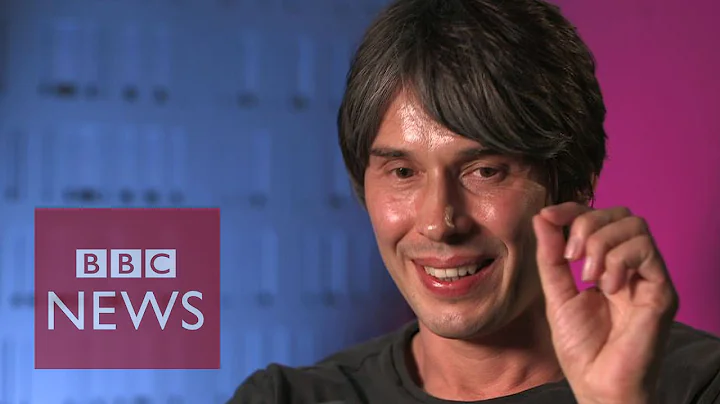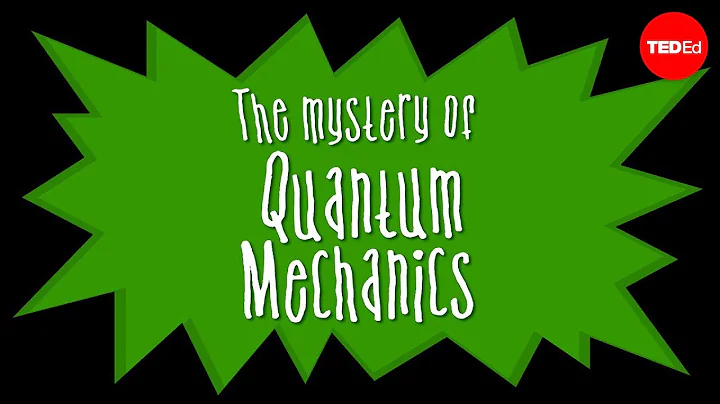The editor believes that friends who often pay attention to science must be quite familiar with and surprised by the famous double-slit interference experiment process and results in quantum mechanics, because it established the wave-particle duality of matter through experiments, but about matter Which theoretical physicist proposed the theory of wave-particle duality? I think many friends are still unclear about . Today, the editor will talk about how this French nobleman and his matter wave saved atoms and us?
Stunning family background, with the protagonist's halo
Prince Louis Victor Pierre Redmond de Broglie, (this name is really difficult for the editor), he is a member of the famous French aristocracy, because Our ancestors are really talented. Louis XV allowed all their descendants to inherit hereditary princes and princesses. For a scientist who has made important contributions to quantum mechanics, this is an amazing family background. It is not over yet. This scientist also became the Duke of France and the Prince of Germany in 1960. Einstein described his scientific contribution as "the first ray of sunlight shining on one of the greatest problems of our physics." This is really a life with the aura of the protagonist. In the editor's mind, there are two characters with the aura of the protagonist: Thomas Young and Bohr are both completely rich second generations.

The remaining issues of Bohr's atomic model made Bohr a little powerless
(For the trilogy of Bohr's atomic models, click here) In 1913, Bohr specified the electron orbit based on the atomic model of his teacher Rutherford , and explained the problem of energy radiation when electrons transition, but in order not to collapse Rutherford's hydrogen atom model, because its electrons rotating in the orbit will radiate energy, thus spiraling into the nucleus , glass Er had to impose a condition that even he himself could not come up with any other reasonable explanation for: electrons rotating around the nucleus in a stable orbit do not release radiation, which violates Maxwell's equations and Newton's laws. The editor believes that the brilliance of theoretical physicists is to first propose a theory to explain the phenomenon, and then verify the theory. This is how Einstein came along, but this requires a strong brain and a keen sense of things. sense of smell.

In the two years after Bohr and Einstein met in Berlin in 1919, they continued to work hard on quantum theory, and Bohr became tired of the above problems. So our prince comes on stage, and how he explains why electrons stay in a specific orbit instead of spiraling into the nucleus, causing the atom to collapse and bring us disaster.
De Broglie matter wave
De Broglie had already understood and accepted the strange duality of light before the experiment established the objective existence of Einstein's light quantum theory, while other scientists still insisted on the light quantum theory. Skepticism, even ridicule and ridicule, so science must be boldly accepted and cannot be arrogant.
- A bold guess
After a long period of meditation alone, de Broglie suddenly came up with an idea in 1923. Einstein’s discovery of light quantum theory in 1905 should be universally applied and extended to all material particles. Especially electrons, de Broglie boldly asked such a simple question: If light waves can behave like particles, then particles such as electrons can also behave like waves, because de Broglie discovered that if he gave An electron defines a "virtual correlation wave", and let the frequency of this wave be v and the wavelength λ. He can explain the exact position of each orbit in Bohr's quantized atom. An electron can only occupy those orbits that can accommodate the integer waves of its "virtual correlation wave". (My head may be a little messy, don’t worry, you will understand after reading below) De Broglie’s idea of treating electrons as standing waves is a fundamental departure from the idea of treating electrons as rotating around the nucleus in orbit.

Atomic Orbitals and Electron Standing Waves
- The orbital perimeter must be an integer multiple of half wavelength and contain at least half the wavelength
Standing waves can be easily generated from wires that are tied at both ends, like violins and guitars The strings are like that. Stirring such a string can produce various standing waves, whose defining characteristic is that they are all composed of half a wavelength (meaning half the wavelength) of an integer unit. The longest standing wave we can get has a wavelength twice the length of the string. (Because there must be at least half a wavelength in the string, and the string must be an integer multiple of half a wavelength.) The other standing wave is made up of two such half-wavelength units, so that its wavelength is equal to the length of the string. . The next standing wave consists of three half-wavelength units, and so on. This integer series of standing waves is physically only possible, each with its own energy. Since there is a relationship between frequency and wavelength, it is just like plucking a guitar string. After being plucked, the guitar string can only vibrate at a certain frequency starting from the most fundamental tone, that is, the lowest frequency.

- Save atoms, save us
De Broglie realized that it was this "integer" condition that limited the electron orbits that could be accommodated in Bohr's atoms, limiting their number to the range that allowed the formation of standing waves. These electronic standing waves are not like the strings of musical instruments. They are not tied at either end, but are formed only because half a wavelength of an integer unit can be accommodated within the circumference of the orbit. (The orbital circumference must be an integer multiple of half a wavelength.) If it's not just right, there will be no standing wave and therefore no orbit.

If the electron is regarded as a standing wave surrounding the atomic nucleus, rather than an orbiting particle, then there is no acceleration problem for this electron, and there is no continuous loss of radiation, causing it to fall into the nucleus, causing the atom to collapse. The problem. It is this little bit of atoms that allows us to exist. Bohr introduced a condition just to preserve his theory of quantized atoms, which was explained by de Broglie's wave-particle dualism theory. Through calculations, de Broglie found that Bohr's electron orbital number n represented only those orbits in which electron standing waves could exist around the hydrogen nucleus. This is why all other electron orbitals are prohibited in Bohr's model.
To summarize: Louis de Broglie 's ideas may seem a bit fanciful, but Einstein publicly declared in 1909 that the study of radiation phenomena will in the future reveal a phenomenon of fusion of particles and waves. . Einstein commented: "He has lifted a corner of the scientific world." With Einstein's support, de Broglie is no longer just Louis-Victor Pierre at the age of 32. ·Prince Raymond de Broglie, who earned himself the succinct title: Dr. Louis de Broglie.





















